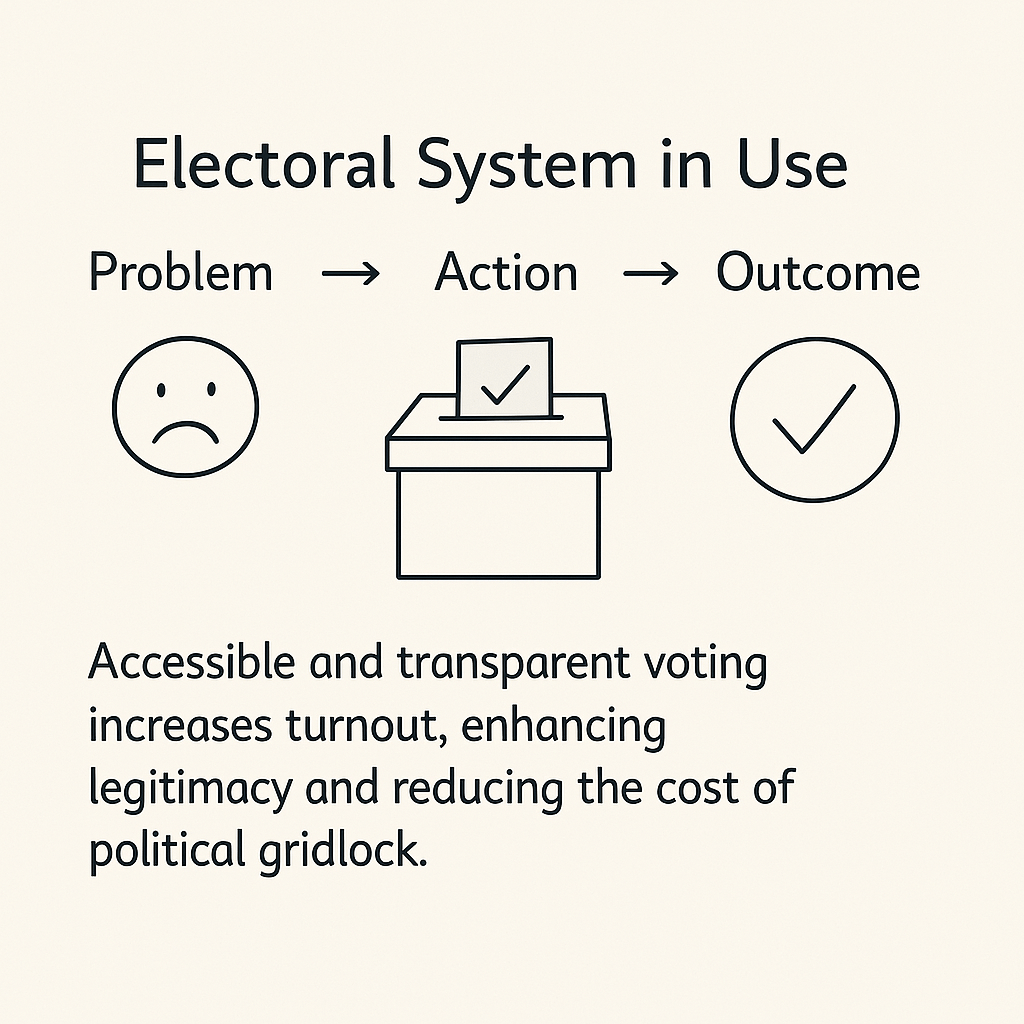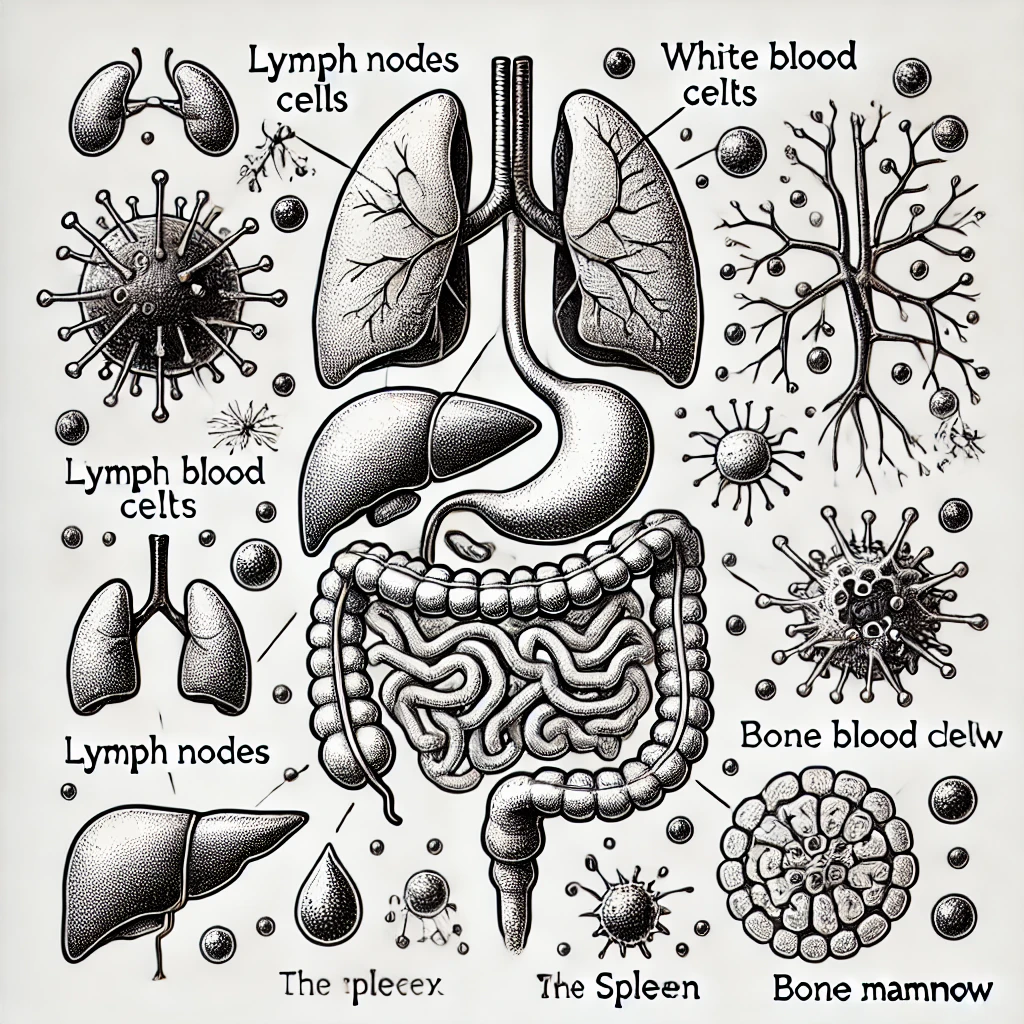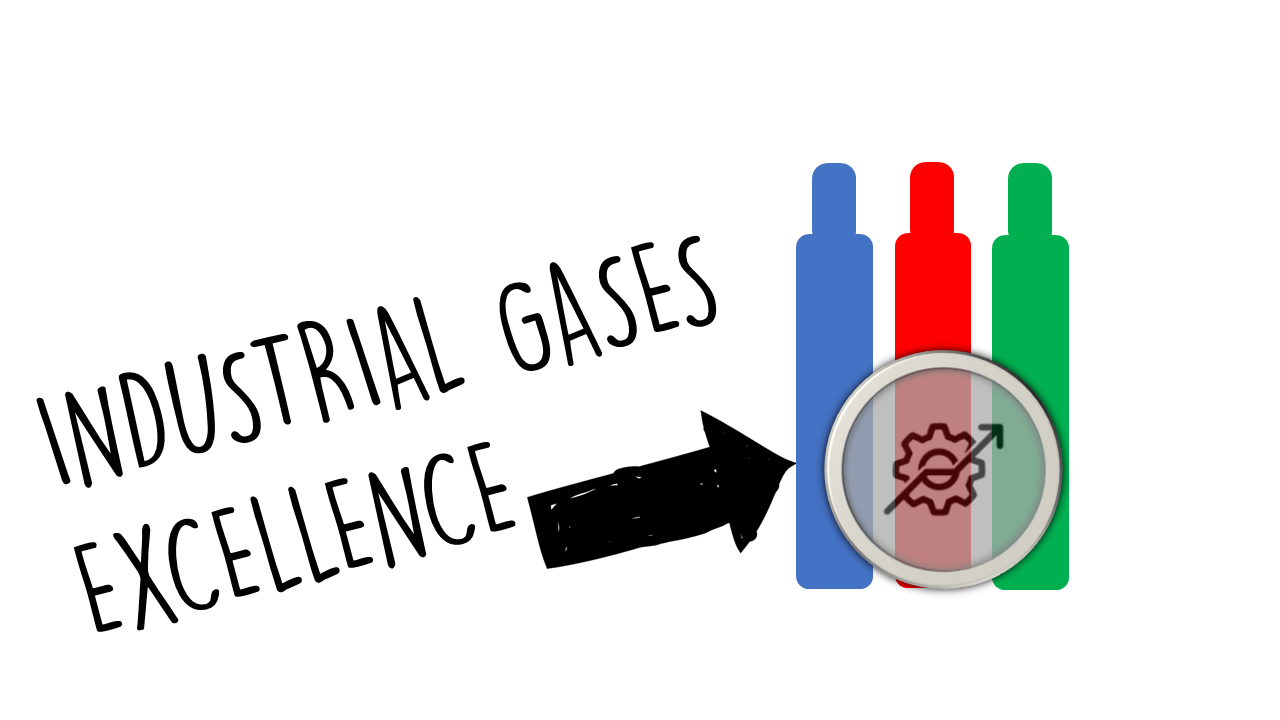20 Systems Thinking Models in Action
From Problem to Outcome
Each system responds to problems using structured actions that generate feedback—either reinforcing or balancing—which shape the final outcome.
1. Traffic System
By adjusting traffic light timing to reduce congestion, cities save time for commuters and cut fuel costs from idling.
- Problem: Road congestion
- Action: Adjust traffic light timing
- Feedback Loop: Balancing — smoother flow reduces future jams
- Outcome: Reduced wait times and better traffic flow
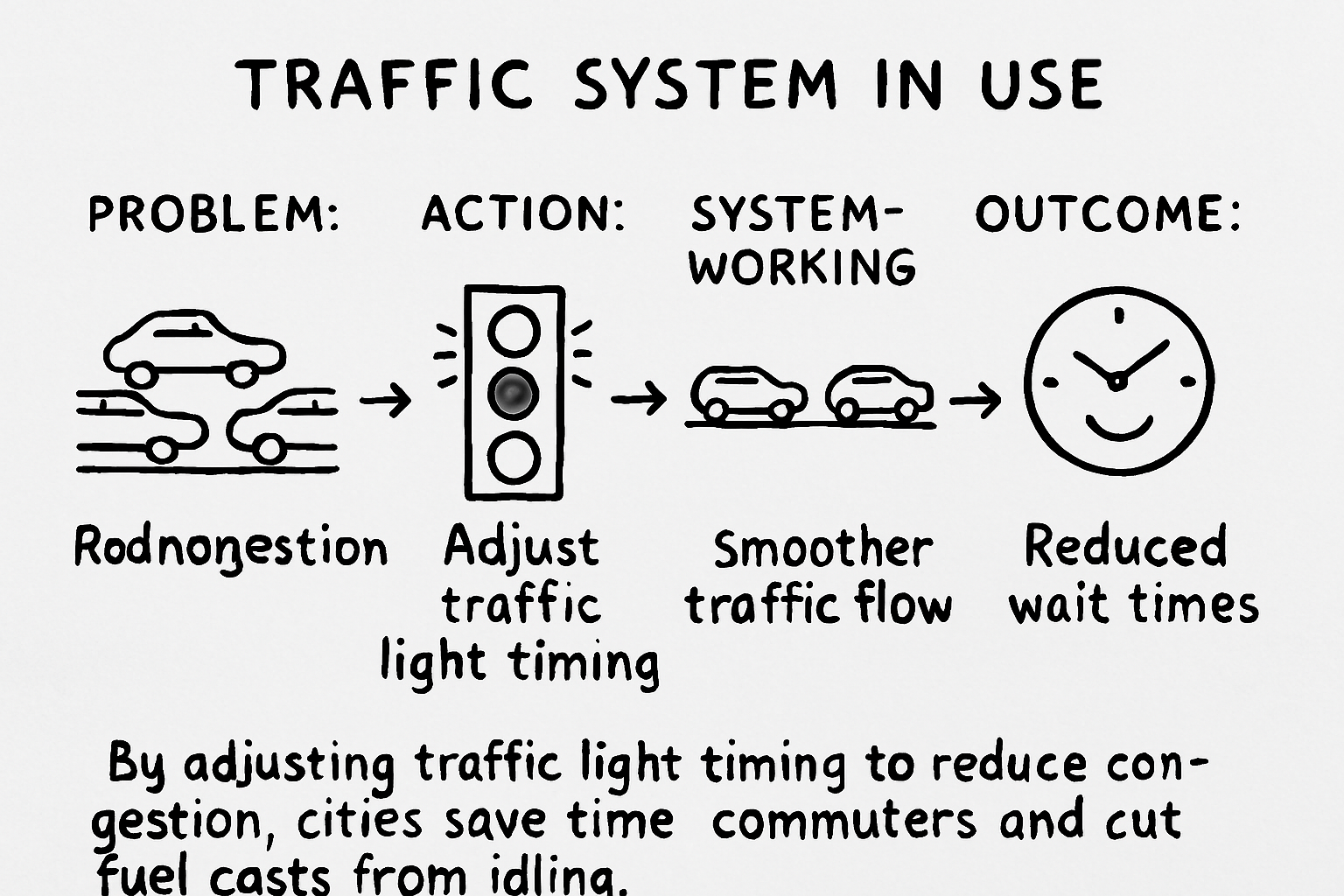
2. Education System
Curriculum reforms and better teaching improve literacy, which boosts economic potential and reduces long-term social support costs.
- Problem: Low literacy rates
- Action: Reform curriculum and teacher training
- Feedback Loop: Reinforcing — better education leads to higher literacy, raising future education demand
- Outcome: Improved literacy and human capital
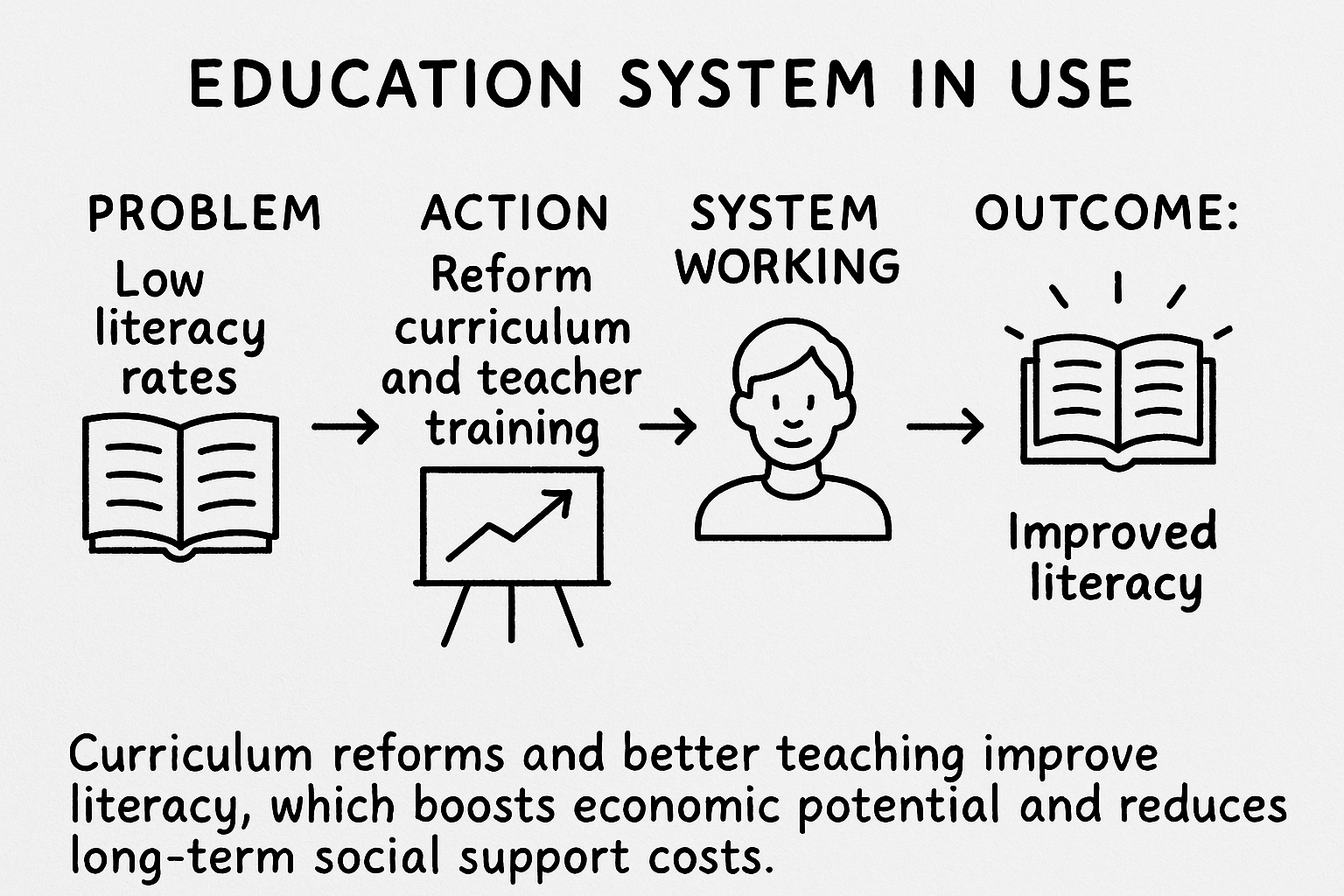
3. Healthcare System
Vaccination campaigns reduce disease outbreaks, saving lives and billions in treatment and economic downtime.
- Problem: Disease outbreak
- Action: Launch vaccination and public awareness campaigns
- Feedback Loop: Balancing — fewer infections lead to herd immunity
- Outcome: Controlled or eradicated disease
4. Ecosystem
Biodiversity management restores ecological balance, protecting food chains and reducing disaster recovery costs.
- Problem: Predator overpopulation
- Action: Reintroduce prey species or relocate predators
- Feedback Loop: Balancing — system self-regulates over time
- Outcome: Restored ecological balance

5. Banking System
Lowering interest rates encourages borrowing and spending, stimulating economic growth and reducing unemployment-related expenses.
- Problem: Lack of consumer spending
- Action: Lower interest rates and offer credit
- Feedback Loop: Reinforcing — more spending stimulates economic growth
- Outcome: Boosted economic activity

6. Legal System
Enforcing fair laws deters crime, saving public money on law enforcement and minimizing societal disruption.
- Problem: Rising crime rates
- Action: Implement stricter laws and community programs
- Feedback Loop: Balancing — fear of punishment deters crime
- Outcome: Safer communities
7. Political System
Responsive governance through elections reduces unrest, preventing the high cost of political instability and protest management.
- Problem: Public dissatisfaction
- Action: Policy reform or leadership change
- Feedback Loop: Reinforcing or Balancing — depending on transparency and accountability
- Outcome: Improved legitimacy or increased polarization
8. Supply Chain System
Improving forecasting and logistics reduces inventory shortages, saving companies time, storage space, and lost sales.
- Problem: Inventory shortages
- Action: Forecast demand and adjust supply contracts
- Feedback Loop: Balancing — supply meets demand over time
- Outcome: Smoother product delivery

9. Urban Infrastructure
Smart upgrades (like leak detection) reduce service failures, cutting water loss and costly emergency repairs.
- Problem: Water shortages
- Action: Fix leaks, promote conservation
- Feedback Loop: Balancing — demand and supply align
- Outcome: Sustainable resource usage
10. Climate System
Emission reductions help stabilize climate feedbacks, avoiding the immense economic damage of extreme weather events.
- Problem: Global warming
- Action: Reduce emissions, reforest
- Feedback Loop: Reinforcing — delayed response increases impact; early action slows warming
- Outcome: Stabilized or worsened climate, depending on timing
11. Economic System
Stimulus policies during recessions revive demand, preventing deep economic crashes and widespread financial hardship.
- Problem: Recession
- Action: Stimulus spending, tax cuts
- Feedback Loop: Reinforcing — increased demand boosts production
- Outcome: Recovery or inflation

12. Social Media System
Algorithm changes boost user engagement, increasing ad revenue while reducing the cost of user acquisition.
- Problem: User disengagement
- Action: Algorithm tweaks to promote content
- Feedback Loop: Reinforcing — more interaction → more visibility → more use
- Outcome: Higher user engagement

13. Nervous System
Homeostatic feedback restores internal balance, avoiding costly breakdowns in bodily function or medical crises.
- Problem: Pain or stress
- Action: Release of hormones or reflex action
- Feedback Loop: Balancing — responses aim to restore equilibrium
- Outcome: Homeostasis (internal balance)
14. Project Management
Monitoring progress and adjusting timelines reduces delays and budget overruns, improving delivery and client satisfaction.
- Problem: Missed deadlines
- Action: Adjust resources or task dependencies
- Feedback Loop: Balancing — feedback realigns project
- Outcome: Improved time and goal management
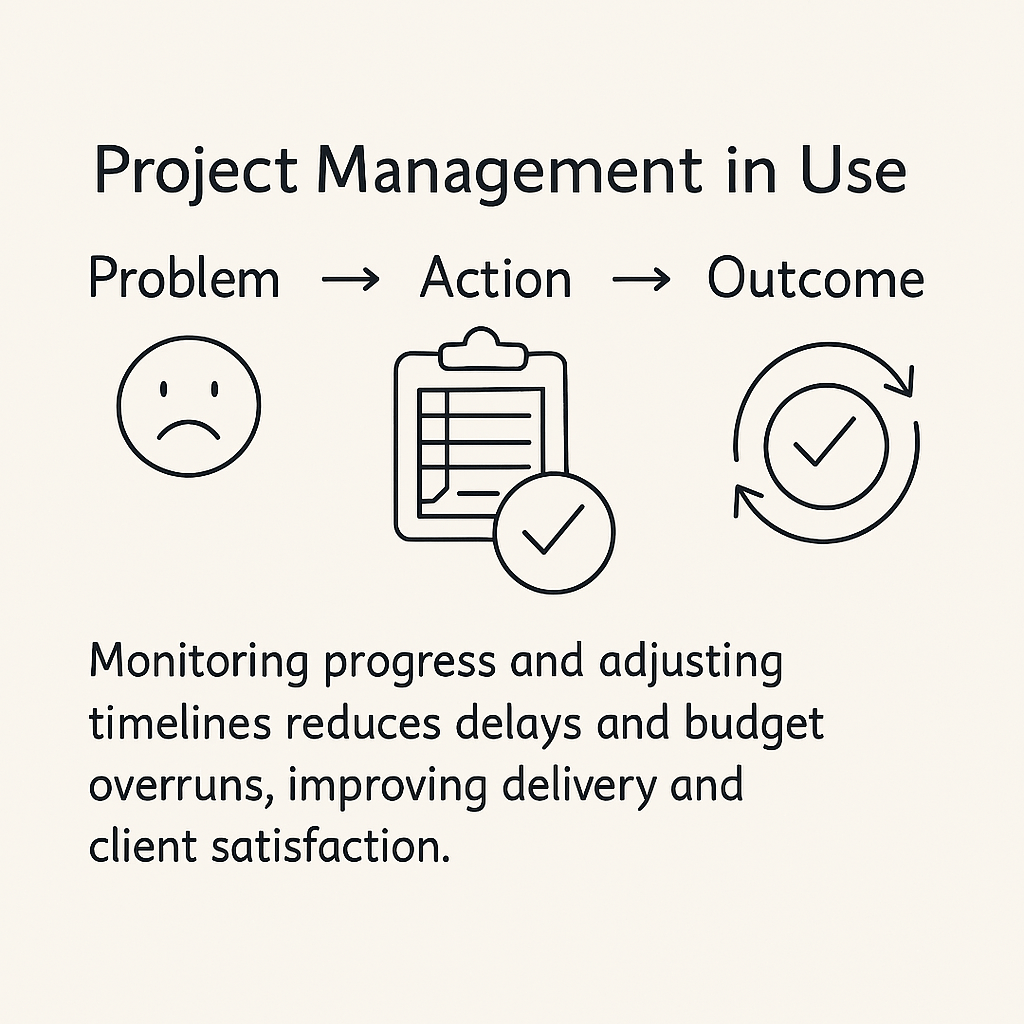
15. Farming System
Crop rotation and soil care maintain yield quality, reducing fertilizer costs and future harvest failures.
- Problem: Soil depletion
- Action: Crop rotation, composting
- Feedback Loop: Balancing — nutrients restored
- Outcome: Sustainable yield
16. Aviation System
Optimized flight routing reduces delays and fuel use, saving time for travelers and costs for airlines.
- Problem: Flight delays
- Action: Optimize air traffic routing
- Feedback Loop: Balancing — reduced congestion improves flow
- Outcome: Timely arrivals

17. Water Cycle
Sustainable water use and recovery reduce drought impact, preserving agricultural productivity and minimizing water imports.
- Problem: Drought
- Action: Cloud seeding, conservation
- Feedback Loop: Balancing — precipitation offsets water loss
- Outcome: Restored water levels (short- or long-term)

18. Retail System
Dynamic pricing and promotions increase sales, clearing inventory faster and minimizing storage and markdown losses.
- Problem: Low sales
- Action: Marketing or discount strategies
- Feedback Loop: Reinforcing — discounts increase sales, demand rises
- Outcome: Higher revenue
19. IT System
Load balancing and efficient code reduce system crashes, saving developer hours and lost customer revenue.
- Problem: Network overload
- Action: Optimize data routing and processing
- Feedback Loop: Balancing — load distributed efficiently
- Outcome: Faster, more stable system
20. Electoral System
Accessible and transparent voting increases turnout, enhancing legitimacy and reducing the cost of political gridlock.
- Problem: Low voter turnout
- Action: Voter education and reforms (e.g., easier registration)
- Feedback Loop: Balancing — better representation increases trust and future turnout
- Outcome: Stronger democratic legitimacy
